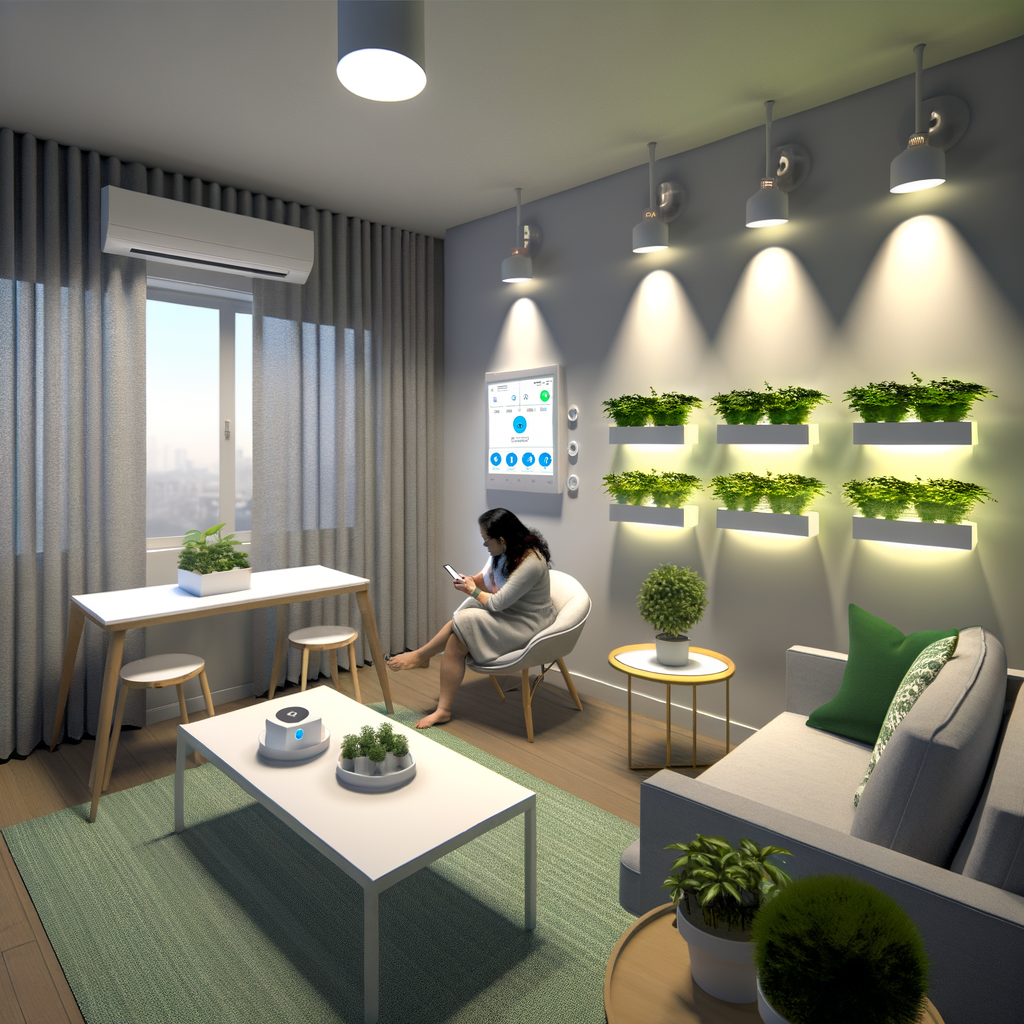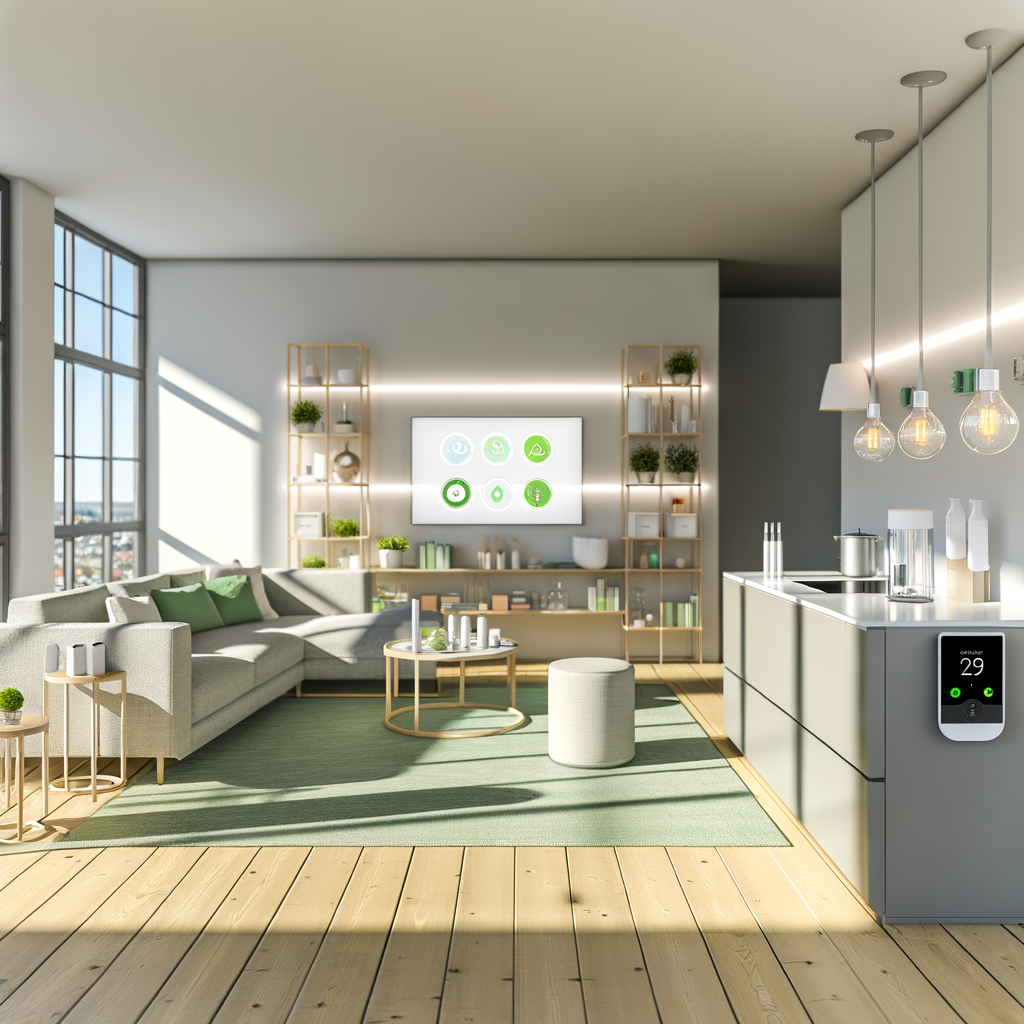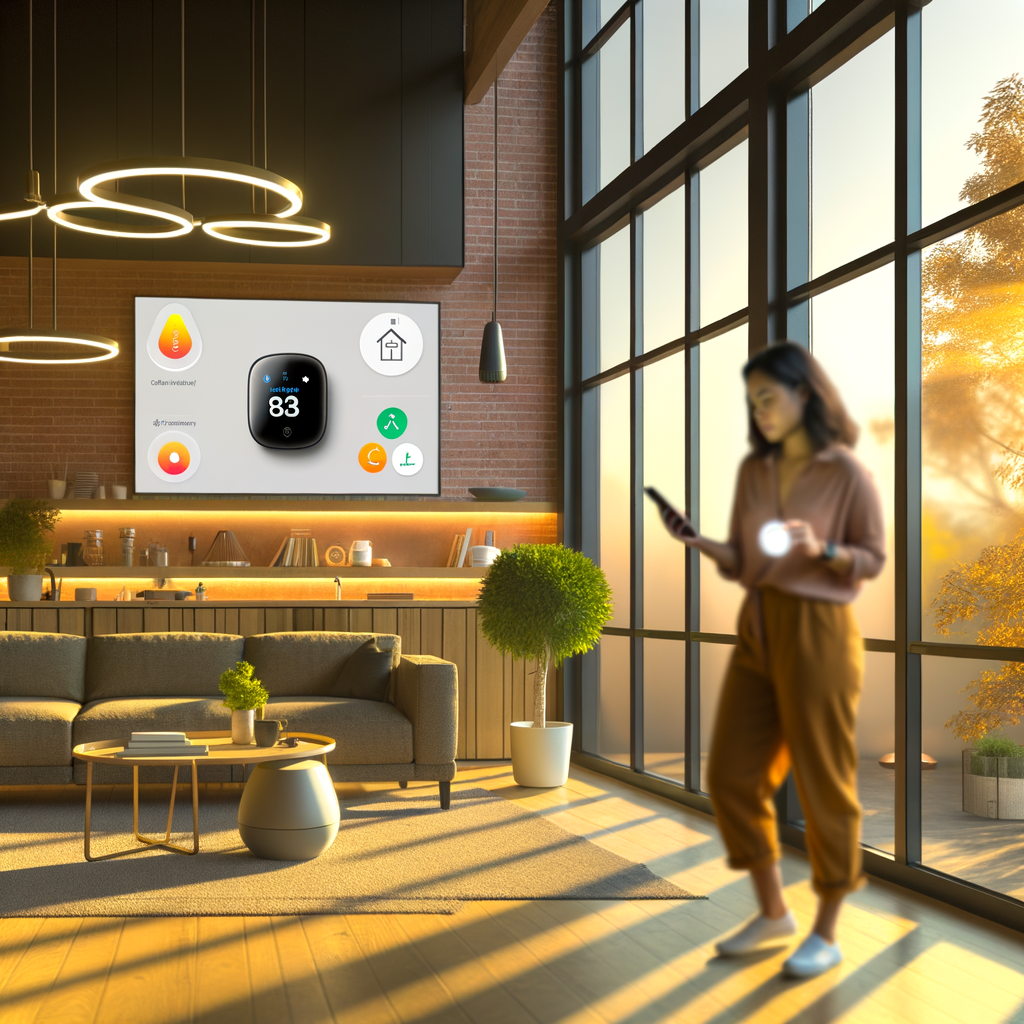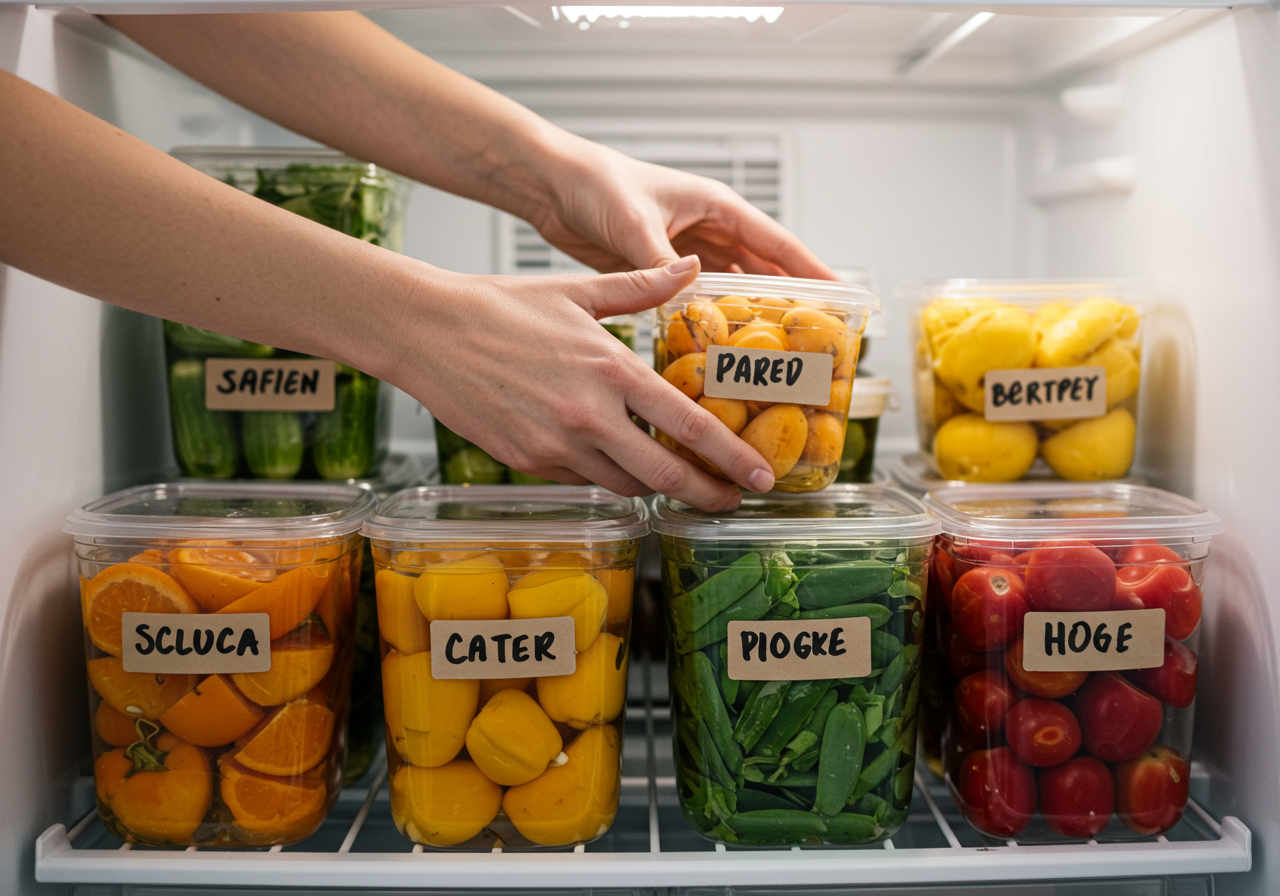How to Build a Smart, Energy-Efficient Apartment on a Renter’s Budget: A Step-by-Step Starter Guide
Transforming your apartment into a smart, energy-efficient space doesn’t need to break the bank—or your lease agreement. Even as a renter, you can tap into the latest smart home tech, shrink your carbon footprint, and save real money on utilities. This guide offers practical, step-by-step advice to help you build your own sustainable oasis, all while keeping things temporary and landlord-friendly.
Why Go Smart and Energy-Efficient?
Making your apartment energy-smart helps you:
- Lower your monthly energy bills
- Reduce your impact on the environment
- Boost comfort, convenience, and safety
- Add resale value to smart devices when you move
Plus, many upgrades take only minutes to set up and can easily move with you.
Step 1: Audit & Understand Your Energy Use
Before buying gadgets, it’s smart to know where your energy is going. Start with these tips:
- Check your utility bill for seasonal spikes and high-usage times.
- List all your appliances and electronics. Which ones run the longest? Which feel warm to the touch (a typical sign of wasted energy)?
- Look for drafts near windows and doors—big sources of heating/cooling loss.
This audit helps you target the highest-impact upgrades for your budget.
Step 2: Start With Low-Cost, High-Impact Upgrades
Install LED Bulbs
LED bulbs use around 80% less energy than old incandescents and can last for years—a classic renter upgrade. Go for “smart” LEDs that you can control with your voice, phone, or schedule.
- Swap bulbs in main living areas and reading lamps first.
- Choose ENERGY STAR certified bulbs for maximum savings.
Weatherproof Problem Areas
Cut down on heating and cooling bills with these easy fixes:
- Add removable weatherstripping or draft stoppers to doors and windows.
- Hang thermal curtains to insulate windows in summer and winter.
- Apply cling film or insulating kits (easy to remove) to old or leaky windows.
These upgrades are affordable, make a big difference, and won’t damage the apartment.
Step 3: Choose Renter-Friendly Smart Home Tech
Many smart devices now install in minutes—with no tools, wiring, or landlord approval required.
Smart Plugs
Plug them into outlets, then control anything from lamps to fans using a phone app or voice assistant. Smart plugs allow you to:
- Schedule devices to turn off automatically when not in use
- Monitor real-time energy use for each plugged-in appliance
- Remotely control electronics (“Did I leave the iron on?”)
Smart Thermostats for Renters
Traditional smart thermostats replace hardwired units—usually a “no-go” for renters. But portable smart thermostats or smart AC controllers are designed just for renters:
- Simulate a programmable thermostat via a wireless sensor, remote, or Wi-Fi app
- Control window units or baseboard heaters with your voice or phone
- No hardwiring! Just plug in and pair
Smart Lighting
- Install smart bulbs (as above) or smart switches that simply stick on walls for remote control
- Automate lighting to match your schedule or occupancy—saves energy and adds security
- Look for products compatible with Alexa, Google Home, or Apple HomeKit
Smart Sensors
- Place motion, door, or window sensors for automated lighting, reminders, or added security
- No-drill mounting: Use peel-and-stick sensors that are easy to remove when you move out
Step 4: Automate and Optimize Your Usage
Once your devices are installed, set up schedules and automations to maximize savings.
Create Device Schedules
- Set lights to turn off when you leave for work
- Schedule fans/heaters to run only during peak comfort hours
- Use “vacation mode” to simulate occupancy while saving energy
Enable Energy-Saving Features
- Activate “eco” modes on smart plugs, thermostats, and appliances
- Use occupancy sensors to cut power to rooms not in use
- Try smart power strips to prevent energy drain from devices in standby mode
Monitor & Adjust
- Track your energy usage with free utility apps or smart device dashboards
- Review usage weekly to find patterns and wasted energy
- Adjust automations as your habits and seasons change
Step 5: Upgrade Appliances (Without Breaking Your Lease)
Renters can’t always swap out appliances, but you still have options:
Portable and Countertop Appliances
- Use compact energy-saving air conditioners or HEPA air purifiers that are easy to move
- Try an induction cooktop to save on stove energy and boost kitchen safety
- Opt for ENERGY STAR-rated air fryers or toaster ovens for quick, low-energy cooking
Negotiate With Your Landlord
- If appliances are old and inefficient, suggest partial cost-sharing to replace them with ENERGY STAR models
- Point out long-term savings for the property
- Ask for permission to use portable, plug-in alternatives if appliance upgrades aren’t possible
Step 6: Reduce Water Use (and Boost Savings)
Water heating is often a hidden energy hog. Take easy steps to save:
- Install a water-saving showerhead—most are easy to screw on and off
- Add aerators to faucets—inexpensive, removable, and cut water use by up to 50%
- Wash clothes with cold water when possible
- Run only full loads in dishwashers or washing machines
If you need to revert these changes before moving, just save the original fixtures to reinstall later.
Step 7: Get Your Roommates On Board
Energy efficiency works best as a team effort. Try these tips for cooperation:
- Hold a “green meeting” to share goals and assign DIY tasks
- Set up reminders for lights, devices, and shared appliances
- Share energy bills and celebrate wins together
- Rotate costs for smart gadgets, or split device ownership for fairness
Step 8: Green Cleaning and Maintenance
Choosing smart energy upgrades is just the start. Keep your apartment running efficiently by maintaining:
- Clean A/C filters and appliance vents monthly
- Regularly dust behind and underneath electronics (dust = heat = energy loss)
- Unplug devices you rarely use, or store them with smart plugs to cut “phantom” loads
- Switch to eco-friendly cleaning products for improved air quality
Tips for Smart Upgrades in Small Apartments
- Focus on multi-purpose devices—a smart plug can power lights, fans, or kitchen gadgets as needed
- Use smart sensors and miniature smart hubs that work well in compact spaces
- If wiring is off-limits, choose




